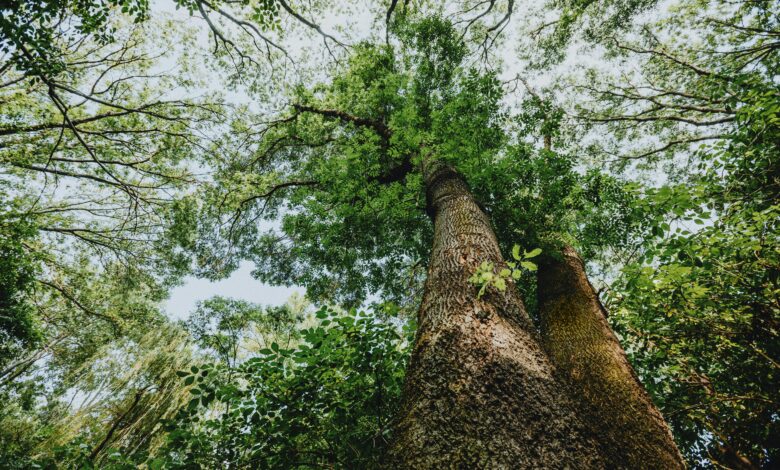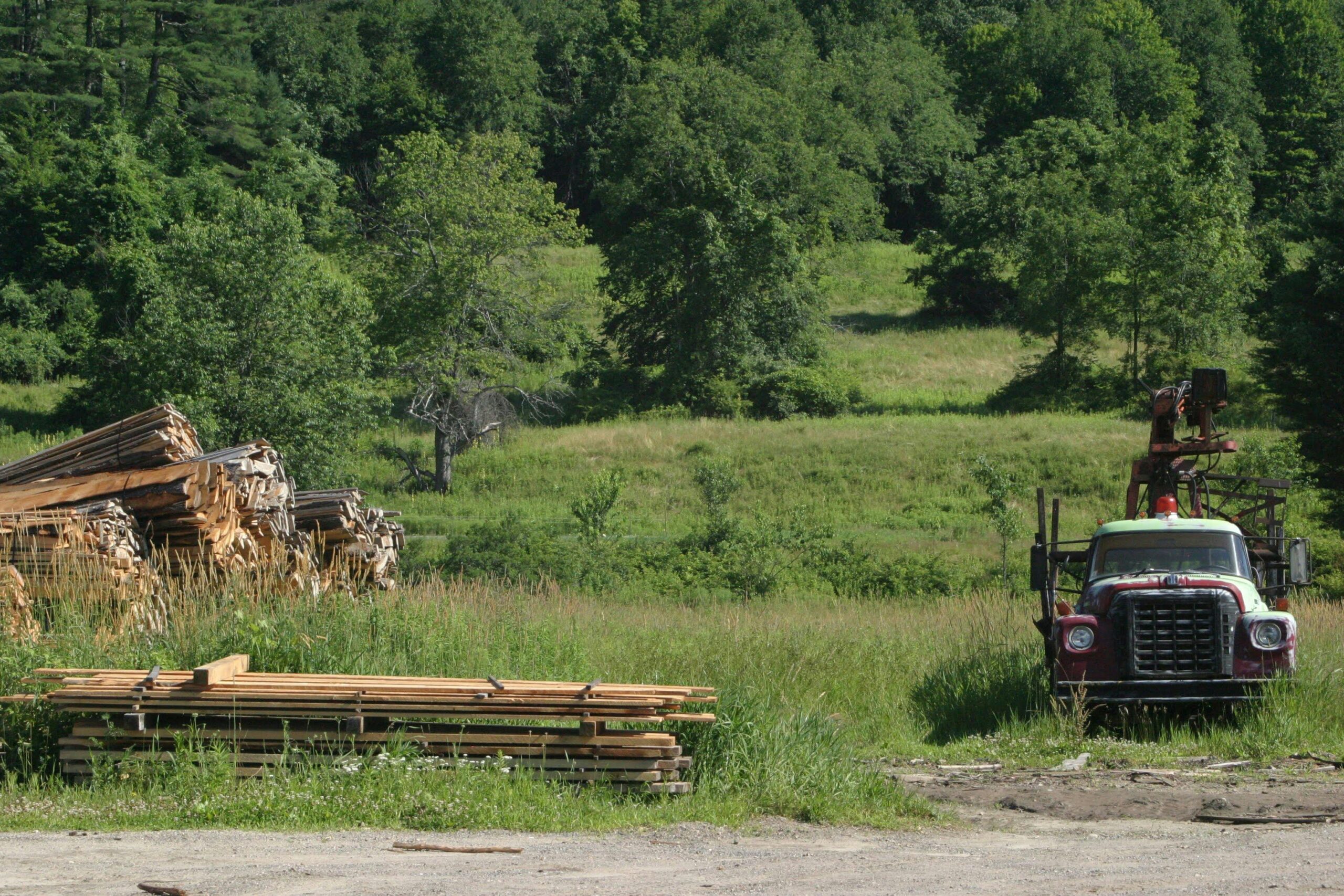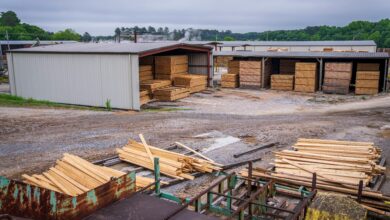Sylveer The Future of Sustainable Forestry and Woodland Management

Introduction
As the world grapples with climate change and biodiversity loss, innovative approaches to forest management have never been more crucial. Enter Sylveer – a groundbreaking forestry concept that combines ancient woodland wisdom with cutting-edge ecological science to create resilient, productive, and sustainable forest ecosystems. This comprehensive guide explores the principles of Sylveer forestry, its environmental benefits, economic potential, and practical applications across different landscapes. We’ll examine how this approach differs from conventional forestry methods, why it’s gaining traction among conservationists and landowners alike, and how it could reshape our relationship with woodlands in the 21st century. Whether you’re a forest owner, environmental enthusiast, or simply curious about sustainable land management, understanding Sylveer principles offers valuable insights into creating healthier forests for future generations.
Understanding Sylveer Forestry: Principles and Practices
Sylveer represents a paradigm shift in how we manage forest ecosystems, moving beyond single-species plantations toward diverse, self-sustaining woodland systems. At its core, Sylveer forestry emphasizes three fundamental principles: biodiversity enhancement, natural regeneration, and minimal intervention management. Unlike traditional forestry that often prioritizes timber production above all else, Sylveer approaches view forests as complex living systems where ecological health directly correlates with long-term productivity. This method incorporates techniques like continuous cover forestry, more resistant to pests, diseases, and climate extremes. Perhaps most innovatively, Sylveer incorporates “assisted migration” strategies – gradually introducing tree species better adapted to future climate conditions while maintaining ecological balance. These practices collectively create forests that are not just sustainable, but actively regenerative.
The Environmental Benefits of Sylveer Forestry
The ecological advantages of adopting Sylveer principles are substantial and multifaceted. By maintaining continuous forest cover and diverse species mixtures, Sylveer woodlands demonstrate remarkable resilience to climate stressors like drought and extreme weather events. The complex vertical structure of these forests – with multiple canopy layers, understory vegetation, and undisturbed forest floors – creates ideal conditions for carbon sequestration, often outperforming monoculture plantations in long-term carbon storage capacity. Biodiversity flourishes in Sylveer-managed woodlands, with studies showing significantly higher populations of birds, insects, and mammals compared to conventionally managed forests. sediment runoff and protecting watersheds. Perhaps most importantly, Sylveer forests develop natural resistance mechanisms against pests and pathogens, reducing the need for chemical interventions that can harm surrounding ecosystems. These environmental benefits compound over time, creating woodlands that become increasingly robust and ecologically valuable with each passing decade.
Economic Viability of Sylveer Forest Management
While Sylveer forestry prioritizes ecological outcomes, its economic model proves equally compelling for landowners and forest managers. The diversified approach to timber production – harvesting select trees continuously rather than in large clear-cuts – creates steadier income streams while maintaining capital growth in standing timber assets. High-quality hardwoods grown under Sylveer principles often command premium prices in specialty markets, particularly as consumer demand for sustainably sourced wood products increases. Beyond timber, Sylveer woodlands generate multiple revenue streams including non-timber forest products (like mushrooms, medicinal plants, and honey), carbon credit opportunities, and recreational income from eco-tourism and educational activities. The reduced need for expensive inputs like fertilizers, pesticides, and heavy machinery lowers operational costs compared to intensive plantation forestry. Long-term economic studies suggest that while Sylveer forests may have slightly lower short-term timber yields, their financial performance equals or exceeds conventional.

Implementing Sylveer Principles in Different Landscapes
The adaptability of Sylveer forestry allows its application across diverse geographical and ecological contexts, from small woodlots to large commercial forests. In temperate regions, implementation might focus on transitioning even-aged pine plantations to mixed-species stands through gradual underplanting of native hardwoods and careful thinning. Tropical applications often emphasize restoring degraded lands by establishing “analog forests” – designed ecosystems that mimic original forest structure while incorporating economically valuable species. Urban forestry programs are adopting Sylveer concepts to create resilient city woodlands that provide cooling, air purification, and biodiversity corridors. Even in harsh environments like Mediterranean climates or boreal regions, Sylveer principles guide the development of forests adapted to local conditions rather than forcing unsuitable monocultures.
Frequently Asked Questions About Sylveer Forestry
1. How does Sylveer differ from conventional sustainable forestry?
While both aim for sustainability, Sylveer goes beyond standard practices by prioritizing ecosystem function over production goals, using natural processes as the primary management tool, and creating forests designed to evolve naturally over centuries rather than following fixed harvest cycles.
2. Can Sylveer principles be applied to existing plantations?
Absolutely. Many Sylveer projects involve gradually converting monoculture plantations through selective thinning, underplanting diverse species, and allowing natural regeneration – a process that typically takes 20-30 years to achieve full transformation.
3. Is Sylveer forestry only suitable for large forest tracts?
Not at all. The principles scale effectively from small woodlands to vast forests. Even backyard woodlots can apply core Sylveer concepts like maintaining continuous cover and enhancing biodiversity.
4. How does Sylveer address climate change challenges?
By creating diverse, naturally regenerating forests with species adapted to future conditions, Sylveer woodlands are inherently more resilient to climate stressors than monocultures. Their complex structure also maximizes carbon sequestration potential.
5. What’s the biggest barrier to wider Sylveer adoption?
The primary challenge is shifting from short-term timber production mindsets to long-term forest development perspectives. Initial investment requirements and lack of familiarity with the techniques also pose hurdles that education and demonstration projects are overcoming.
Conclusion
Sylveer represents more than just another forestry method – it offers a fundamentally new way of envisioning humanity’s relationship with woodlands. By blending ecological wisdom with practical management, this approach creates forests that are not merely harvested, but nurtured as living systems that grow more valuable with time. The benefits cascade from immediate improvements in biodiversity and water quality to long-term climate resilience and sustainable economic returns. As the limitations of industrial forestry become increasingly apparent, Sylveer stands out as a viable alternative that meets both ecological imperatives and human needs. For landowners, policymakers, and conservationists seeking solutions that transcend the false choice between preservation and production,sylveer.



